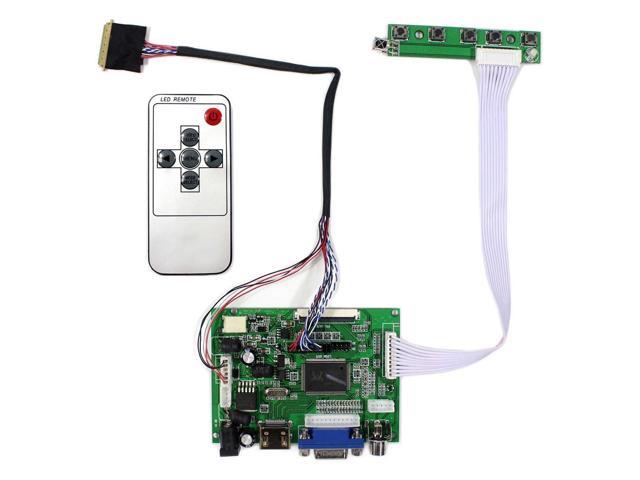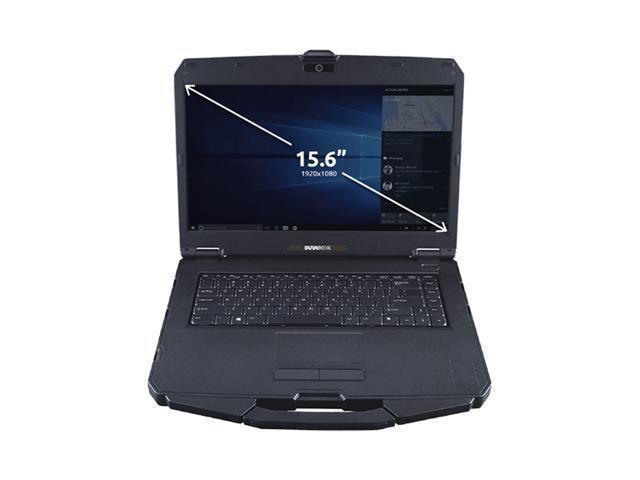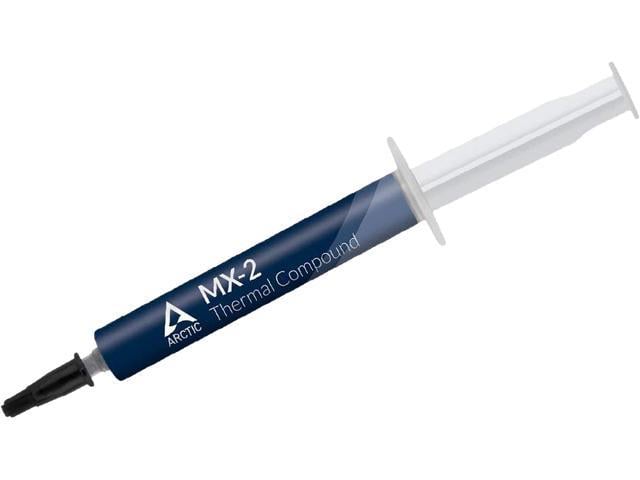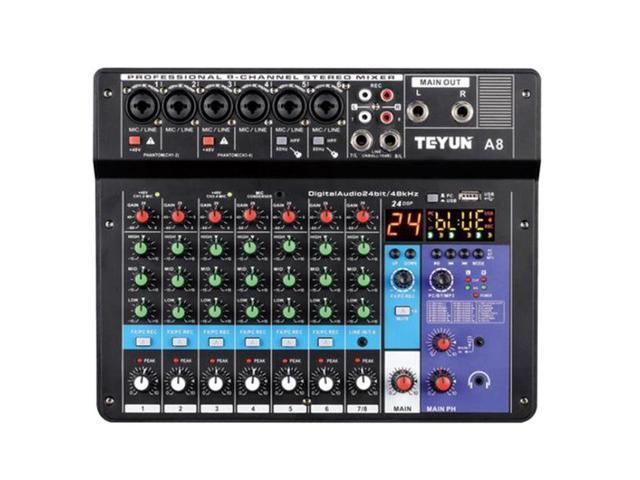This book is dedicated to label-free, non-invasive monitoring of cell-based assays and it comprises the most widely applied techniques. Each approach is described and critically evaluated by an expert in the field such that researchers get an overview on what is possible and where the limitations are. The book provides the theoretical basis for each technique as well as the most successful and exciting applications.
Label-free bioanalytical techniques have been known for a long time as valuable tools to monitor adsorption processes at the solid-liquid interface in general - and biomolecular interaction analysis (BIA) in particular. The strength of these approaches is implicitly given with the name ''label-free'': the readout is independent of any label, reagent or additive that contaminates the system under study and potentially affect its properties. Thus, label-free techniques provide an unbiased analytical perspective in the sense that the sample is not manipulated by additives but pure. They are commonly based on physical principles and read changes in integral physical properties of the sample like refractive index, conductivity, capacitance or elastic modulus to mention just a few. Even though it is not implied in the name, label-free approaches usually monitor the sample non-invasively meaning that the amplitude of the signal (e.g. electric field strength, mechanical elongation) that is used for the measurement is too low to interfere or affect. In contrast to label-based analytical techniques that are commonly restricted to a single reading at a predefined time point, label-free approaches allow for a continuous observation so that the dynamics of the system or reaction become accessible.
Lately, the most prominent label-free techniques like Surface Plasmon Resonance (SPR), techniques based on Resonance Waveguide Grating (RWG), Quartz Crystal Microbalance (QCM), Electrochemical Impedance Spectroscopy (EIS) and others, that were successfully applied in biomolecular interaction analysis, have been introduced as tools to monitor cell-based assays. Over the last decade they have emerged as truly powerful devices to follow the behavior of living cells quantitatively and time-resolved. Applications comprise cytotoxicity and proliferation assays, studying cell migration and tumor invasion as well as following cell differentiation. Very often several of these assays can be performed with a single device or two or more of the different approaches are combined within one experimental setup to be performed simultaneously. Application of label-free analytical approaches to monitor cell-based assays is not limited to fundamental research or academic settings. It has also found its way into industrial high throughput screening campaigns during drug development or toxicology assessment. The most obvious weakness of these techniques is also their strength in particular when applied in cell-based assays: an inherent lack of molecular specificity. The physical signals that are used for analysis are integral. They report on the cell wholistically and they do not indicate whether an interaction is specific or unspecific unless the experiment is designed such that it provides this extra information by proper controls or additional measurements. This apparent weakness turns into a strength as no interaction (specific or unspecific) escapes the researchers attention whereas highly specific molecular approaches do not provide this integral perspective.















